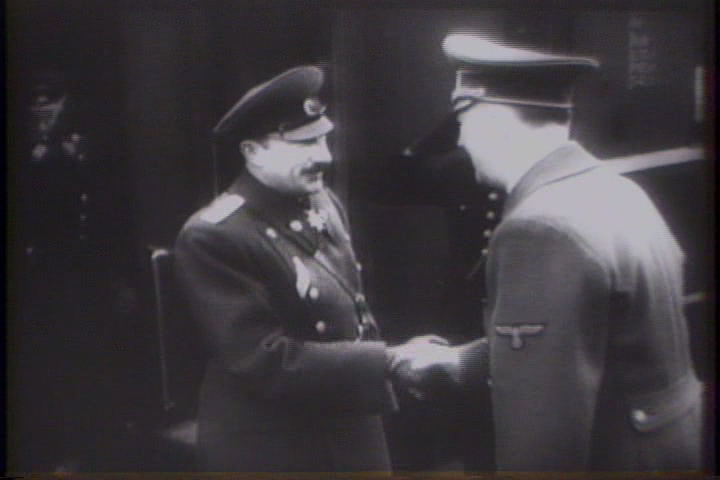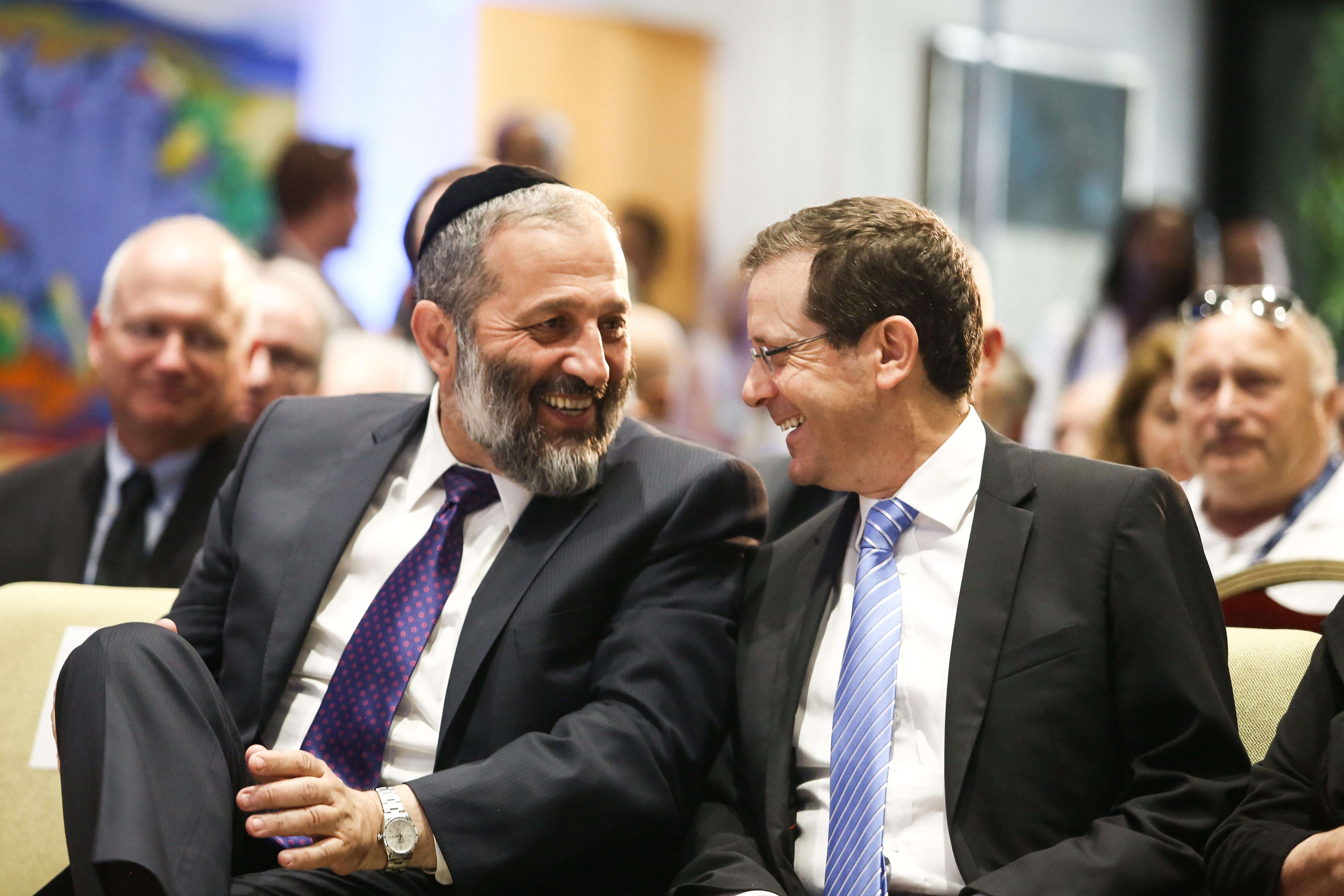|
Kfar Hoshen
Kfar Hoshen ( he, כפר חושן), also known as Safsufa (ספסופה), is a moshav in northern Israel. Located around four kilometres north of Meron, it falls under the jurisdiction of Merom HaGalil Regional Council. In it had a population of . History The moshav was founded in 1949 by immigrants to Israel from Bulgaria and with the support of the Moshavim Movement. The land had previously belonged to the Palestinian village of Safsaf, whose residents fled to Lebanon after the Safsaf massacre in October 1948 during the 1948 Arab-Israeli war. The population was added in early years of the state by Jewish immigrants from Yemen and Aden, and starting in 1953 immigrants from Morocco and Tunisia also came. The original name "Safsufa" is based on an identical name found in the Talmud, whose name is preserved in the village Safsaf; the Hebrew word "Safsaf" means an area where fruits ripen later than usual. The residents work in agriculture and tourism. Notable residents *Aryeh ... [...More Info...] [...Related Items...] OR: [Wikipedia] [Google] [Baidu] |
History Of The Jews In Bulgaria
The history of the Jews in Bulgaria goes back almost 2,000 years. Jews have had a continuous presence in historic Bulgarian lands since before the 2nd century CE, and have often played an important part in the history of Bulgaria. Today, the majority of Bulgarian Jews live in Israel, while modern-day Bulgaria continues to host a modest Jewish population. Roman era Jews are believed to have settled in the region after the Roman conquest in 46 CE. Ruins of "sumptuous" second-century synagogues have been unearthed in Philipopolis (modern Plovdiv), Nicopolis ( Nikopol), Ulpia Oescus (Gigen, Pleven Province), and Stobi (now in North Macedonia). The earliest written artifact attesting to the presence of a Jewish community in the Roman province of Moesia Inferior is a late 2nd-century CE Latin inscription found at Ulpia Oescus bearing a menorah and mentioning ''archisynagogos''. Josephus testifies to the presence of a Jewish population in the city. A decree of Roman Emperor ... [...More Info...] [...Related Items...] OR: [Wikipedia] [Google] [Baidu] |
Mutawakkilite Kingdom Of Yemen
The Mutawakkilite Kingdom of Yemen ( ar, المملكة المتوكلية اليمنية '), also known as the Kingdom of Yemen or simply as Yemen, or, retrospectively, as North Yemen, was a state that existed between 1918 and 1962 in the northwestern part of what is now Yemen. Its capital was Sana'a until 1948, then Taiz. From 1962 to 1970, it maintained control over portions of Yemen (frequently most) until its final defeat in the North Yemen Civil War. Yemen was admitted to the United Nations on 30 September 1947. History Background Zaidi religious leaders expelled forces of the Ottoman Empire from what is now northern Yemen by the middle of the 17th century but, within a century, the unity of Yemen was fractured due to the difficulty of governing Yemen's mountainous terrain. In 1849, the Ottoman Empire occupied the coastal Tihamah region to put pressure on the Zaiddiyah imam to sign a treaty recognizing Ottoman suzerainty and allowing for a small Ottoman force to b ... [...More Info...] [...Related Items...] OR: [Wikipedia] [Google] [Baidu] |
1949 Establishments In Israel
Events January * January 1 – A United Nations-sponsored ceasefire brings an end to the Indo-Pakistani War of 1947. The war results in a stalemate and the division of Kashmir, which still continues as of 2022. * January 2 – Luis Muñoz Marín becomes the first democratically elected Governor of Puerto Rico. * January 11 – The first "networked" television broadcasts take place, as KDKA-TV in Pittsburgh, Pennsylvania goes on the air, connecting east coast and mid-west programming in the United States. * January 16 – Şemsettin Günaltay forms the new government of Turkey. It is the 18th government, last single party government of the Republican People's Party. * January 17 – The first VW Type 1 to arrive in the United States, a 1948 model, is brought to New York by Dutch businessman Ben Pon. Unable to interest dealers or importers in the Volkswagen, Pon sells the sample car to pay his travel expenses. Only two 1949 models are sold in America that ... [...More Info...] [...Related Items...] OR: [Wikipedia] [Google] [Baidu] |
Populated Places Established In 1949
Population typically refers to the number of people in a single area, whether it be a city or town, region, country, continent, or the world. Governments typically quantify the size of the resident population within their jurisdiction using a census, a process of collecting, analysing, compiling, and publishing data regarding a population. Perspectives of various disciplines Social sciences In sociology and population geography, population refers to a group of human beings with some predefined criterion in common, such as location, race, ethnicity, nationality, or religion. Demography is a social science which entails the statistical study of populations. Ecology In ecology, a population is a group of organisms of the same species who inhabit the same particular geographical area and are capable of interbreeding. The area of a sexual population is the area where inter-breeding is possible between any pair within the area and more probable than cross-breeding with ... [...More Info...] [...Related Items...] OR: [Wikipedia] [Google] [Baidu] |
Moshavim
A moshav ( he, מוֹשָׁב, plural ', lit. ''settlement, village'') is a type of Israeli town or settlement, in particular a type of cooperative agricultural community of individual farms pioneered by the Labour Zionists between 1904 and 1914, during what is known as the second wave of ''aliyah''. A resident or a member of a moshav can be called a "moshavnik" (). The moshavim are similar to kibbutzim with an emphasis on community labour. They were designed as part of the Zionist state-building programme following the green revolution Yishuv ("settlement") in the British Mandate of Palestine during the early 20th century, but in contrast to the collective farming kibbutzim, farms in a moshav tended to be individually owned but of fixed and equal size. Workers produced crops and other goods on their properties through individual or pooled labour with the profit and foodstuffs going to provide for themselves. Moshavim are governed by an elected council ( he, ועד, ''va'a ... [...More Info...] [...Related Items...] OR: [Wikipedia] [Google] [Baidu] |
Aryeh Deri
Aryeh Makhlouf Deri (, ), also Arie Deri, Arye Deri, or Arieh Deri (born 17 February 1959), is an Israeli politician. He is one of the founders of the Shas political party, and has served as Israel's Minister of the Interior, Minister of the Development of the Negev and Galilee, Minister of the Economy and as a member in the Security Cabinet of Israel. In 1999, Deri was convicted of bribery, fraud, and breach of trust, and given a three-year jail sentence. At the end of 2012, ahead of the elections for the nineteenth Knesset, he returned to lead the Shas party. He was placed in the 2nd position, and was re-elected to the Knesset. In May 2013, he was re-appointed to the role of Shas chairman. In December 2021, it was reported that Deri will resign from the Knesset as part of a plea deal for tax offences. However, during December 2022 negotiations between Likud and Shas, it was agreed that Deri would serve as both Interior Minister and Health Minister for the first two years o ... [...More Info...] [...Related Items...] OR: [Wikipedia] [Google] [Baidu] |
Talmud
The Talmud (; he, , Talmūḏ) is the central text of Rabbinic Judaism and the primary source of Jewish religious law ('' halakha'') and Jewish theology. Until the advent of modernity, in nearly all Jewish communities, the Talmud was the centerpiece of Jewish cultural life and was foundational to "all Jewish thought and aspirations", serving also as "the guide for the daily life" of Jews. The term ''Talmud'' normally refers to the collection of writings named specifically the Babylonian Talmud (), although there is also an earlier collection known as the Jerusalem Talmud (). It may also traditionally be called (), a Hebrew abbreviation of , or the "six orders" of the Mishnah. The Talmud has two components: the Mishnah (, 200 CE), a written compendium of the Oral Torah; and the Gemara (, 500 CE), an elucidation of the Mishnah and related Tannaitic writings that often ventures onto other subjects and expounds broadly on the Hebrew Bible. The term "Talmud" may refer to ... [...More Info...] [...Related Items...] OR: [Wikipedia] [Google] [Baidu] |
Tunisia
) , image_map = Tunisia location (orthographic projection).svg , map_caption = Location of Tunisia in northern Africa , image_map2 = , capital = Tunis , largest_city = capital , coordinates = , official_languages = Arabic Translation by the University of Bern: "Tunisia is a free State, independent and sovereign; its religion is the Islam, its language is Arabic, and its form is the Republic." , religion = , languages_type = Spoken languages , languages = Minority Dialects : Jerba Berber (Chelha) Matmata Berber Judeo-Tunisian Arabic (UNESCO CR) , languages2_type = Foreign languages , languages2 = , ethnic_groups = * 98% Arab * 2% Other , demonym = Tunisian , government_type = Unitary presidential republic , leader_title1 = President , leader_name1 = Kais Saied , leader_t ... [...More Info...] [...Related Items...] OR: [Wikipedia] [Google] [Baidu] |
Morocco
Morocco (),, ) officially the Kingdom of Morocco, is the westernmost country in the Maghreb region of North Africa. It overlooks the Mediterranean Sea to the north and the Atlantic Ocean to the west, and has land borders with Algeria to the east, and the disputed territory of Western Sahara to the south. Mauritania lies to the south of Western Sahara. Morocco also claims the Spanish exclaves of Ceuta, Melilla and Peñón de Vélez de la Gomera, and several small Spanish-controlled islands off its coast. It spans an area of or , with a population of roughly 37 million. Its official and predominant religion is Islam, and the official languages are Arabic and Berber; the Moroccan dialect of Arabic and French are also widely spoken. Moroccan identity and culture is a mix of Arab, Berber, and European cultures. Its capital is Rabat, while its largest city is Casablanca. In a region inhabited since the Paleolithic Era over 300,000 years ago, the first Moroccan st ... [...More Info...] [...Related Items...] OR: [Wikipedia] [Google] [Baidu] |





